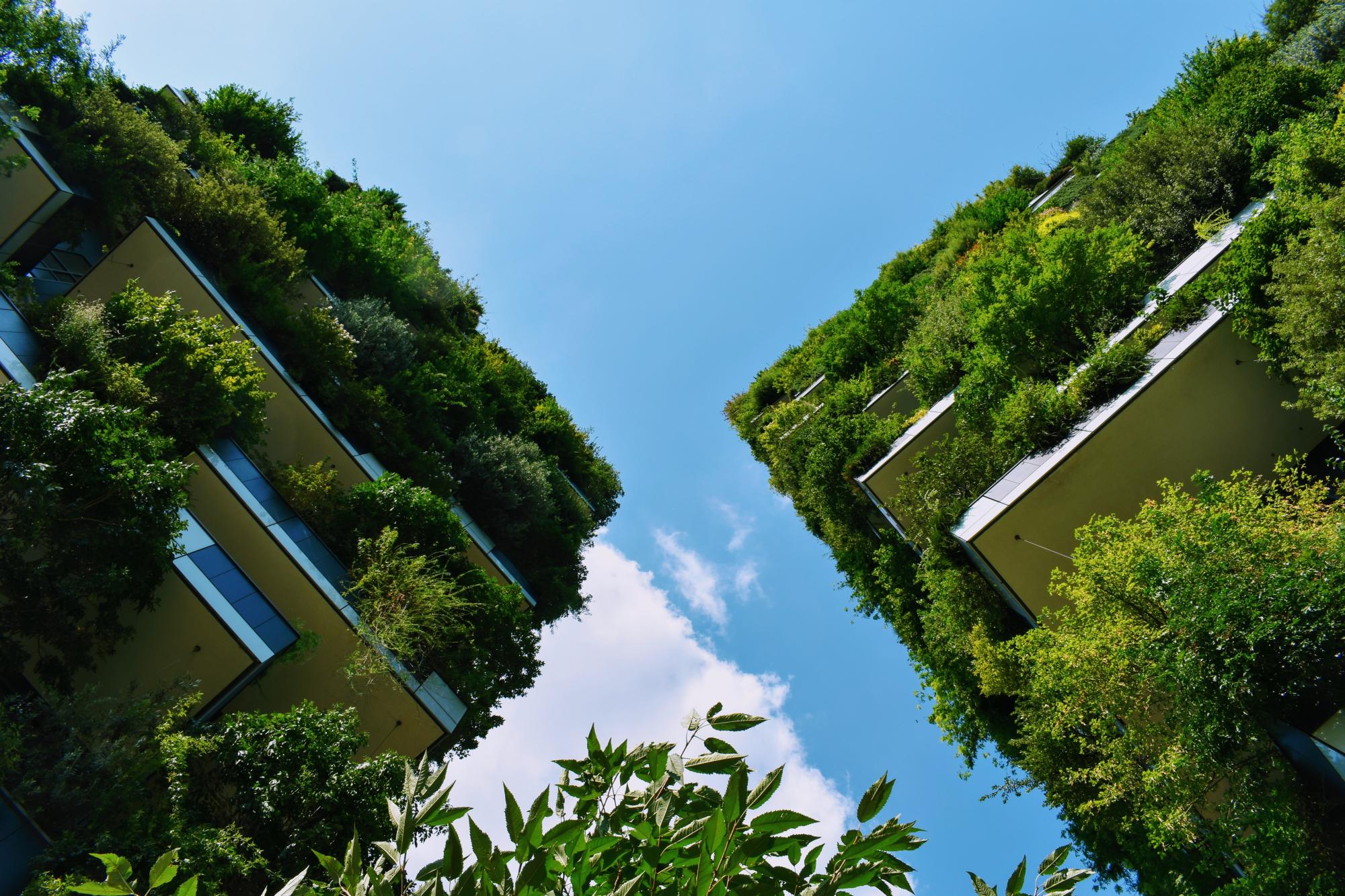Last updated: October 2021
In 2013, local activists came up with an initiative to plant 100 trees and 100 bushes in different parts of the District XIII in Kraków. It was supposed to be financed by the participatory budget of Kraków. Still, the delay in implementation led to a situation when the second project by the same team (plant 101 trees and 101 bushes) overlapped with the previous one the following year. The city implemented the original idea, and the district received 100 trees and 101 bushes in 2015. The project aimed to increase the aesthetic and decorative value of the area and to increase the comfort of living of its inhabitants, as well to obtain funds for urban greenery management [1,3].
Overview
Nature-based solution
- Grey infrastructure featuring greens
- Alley or street trees and other street vegetation
Key challenges
- Green space, habitats and biodiversity (SDG 15)
- Habitat and biodiversity restoration
- Green space creation and/or management
- Regeneration, land-use and urban development
- Regulation of built environment
- Promote natural styles of landscape design for urban development
Focus
Creation of new green areas
Project objectives
The aim of the project is to:
1) Increase the aesthetic and decorative value of the area;
2) Increase the comfort of living of its inhabitants
3) To obtain funds for maintanace of the district's greenery [3].
Implementation activities
Planting 201 trees and 201 bushes with the following distribution:
- Herling Grudzinski Street (turn of roads) from KSW side - 75 pcs birch bark, 5 pcs silver lime
- Herling Grudziński / Zabłocie - 18 pcs birch bark, 1 pc Umbraculifera acacia
- Zjeździe / Zabłocie (turn of the roads) from the side of the track - 34 pcs birch bark, 6 pcs silver lime, 7 pcs robinia acacia Frisia
- Herling Grudziński / Dekerta Streets (greenery from Portowa Street) - 16 pcs birch,
- Płaszowska Street (area of the Jordanian garden, the roadway) - 5 pcs elm, 16pcs elm brabant, 2 pcs Japanese magnolia,
- Dekerta / Wałowa Streets (lane, square) - 1 pc. Japanese Magnolia, 3 pcs Star magnolia,
- Benedykta Street (lane) - 6 pieces Swedish sorb,
- Czarniecki Street (lane) - 4 pcs hawthorn Paul's Scarlet,
- Rękawka Street (road belt) - 2 pcs maple,
- Józefińska Street - 201 pcs irga [2].
Biodiversity conservation or restoration-focused activities
Biodiversity restoration:
- Restore species (native, endangered, or unspecified)
- Restore native species
Main beneficiaries
- Citizens or community groups
Governance
Management set-up
- Co-governance with government and non-government actors
Type of initiating organisation
- Citizens or community group
Participatory approaches/ community involvement
- Co-planning (e.g. stakeholder workshops, focus groups, participatory mapping)
- Crowd-sourcing/Crowd-funding/Participatory budget
- Consultation (e.g. workshop, surveys, community meetings, town halls)
Details on the roles of the organisations involved in the project
Local activists in the district of Podgórze in Cracow developed a project proposal and applied for funds from the participatory budget.
Project implemented in response to ...
... an EU policy or strategy?
Unknown
... a national policy or strategy?
Unknown
... a local policy or strategy?
Yes
(All the projects submitted to the Cracow participatory budget 2015 have to be compatible with the city plans, policies and programs (especially with the spatial development plans) and with law (including property rights law).(4))
Financing
Total cost
€10,000 - €50,000
Source(s) of funding
- Public local authority budget
Type of funding
- Earmarked public budget
Non-financial contribution
Unknown
Impacts and Monitoring
Environmental impacts
- Green space and habitat
- Promotion of naturalistic styles of landscape design for urban development
- Increased green space area
- Increased number of species present
Economic impacts
- Unknown
Socio-cultural impacts
- Health and wellbeing
- Gain in activities for recreation and exercise
- Other
Type of reported impacts
Expected impacts
Presence of formal monitoring system
Yes
Presence of indicators used in reporting
No evidence in public records
Presence of monitoring/ evaluation reports
Yes
Availability of a web-based monitoring tool
No evidence in public records
References
1. Cracow city council website, 'Projects to be implemented in 2015' ('Projekty przewidziane do realizacji w 2015 roku'), Source link (Accessed: 26 August 2020).
2. Młynarz, J., (2015), portal Source link, 'There will be more trees in Podgorze' ('Przybędzie nam drzew na Podgórzu'), Source link (Accessed 26 August 2020).
3. (See attachment), Cracow city council publication, (2015), 'List of projects to be submitted for voting in the II edition of Cracow's participatory budget' ('Lista projektów, które będą poddane głosowaniu')
4. (See attachment), 'RESOLUTION NO. VII / 107/15 COUNTRY COUNCIL OF KRAKOW February 11, 2015 Regarding: Regulations of Citizens' Budget of the City of Cracow' ('UCHWAŁA NR VII/107/15 RADY MIASTA KRAKOWA z dnia 11 lutego 2015 r. w sprawie: Regulaminu budżetu obywatelskiego Miasta Krakowa')
2. Młynarz, J., (2015), portal Source link, 'There will be more trees in Podgorze' ('Przybędzie nam drzew na Podgórzu'), Source link (Accessed 26 August 2020).
3. (See attachment), Cracow city council publication, (2015), 'List of projects to be submitted for voting in the II edition of Cracow's participatory budget' ('Lista projektów, które będą poddane głosowaniu')
4. (See attachment), 'RESOLUTION NO. VII / 107/15 COUNTRY COUNCIL OF KRAKOW February 11, 2015 Regarding: Regulations of Citizens' Budget of the City of Cracow' ('UCHWAŁA NR VII/107/15 RADY MIASTA KRAKOWA z dnia 11 lutego 2015 r. w sprawie: Regulaminu budżetu obywatelskiego Miasta Krakowa')

